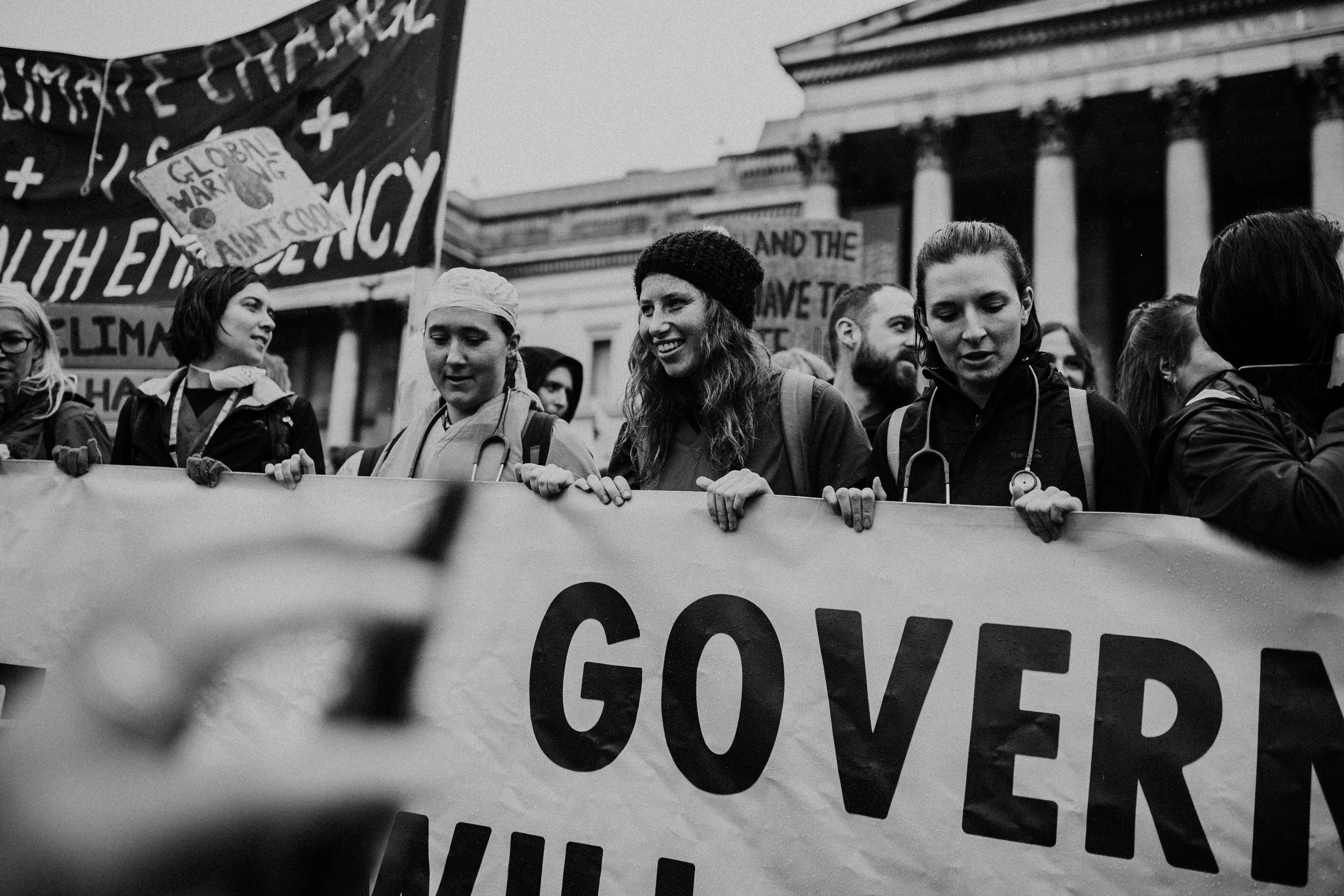Learn more about the report by reading this blog post from Evette Alexander, Knight Foundation director for learning and impact. You may also read this post by Dr. Emily Chamlee-Wright and this post by Joan Donovan.
The Future of the First Amendment survey series with U.S. high school students, commissioned for the first time 15 years ago by the John S. and James L. Knight Foundation, takes on increasing importance each year, generating a unique body of evidence that connects to emerging questions in popular culture and policymaking around online speech, journalistic freedom, extreme forms of expression, and personal privacy, among other important issues.
Drawing on seven nationally representative surveys of U.S. high school students from 2004 to 2018, this research synthesis report finds:
- There has been a modest increase in average support among students for the first amendment. However, there are significant differences in First Amendment support by race across all years, and gender, beginning in 2011.
- Boys and white students are less inclined than girls and students of color to agree with the statement: “The First Amendment goes too far in the rights it guarantees.” Of note, beginning in 2011, average responses by group fall on either side of the agree/disagree divide, with boys and white students slightly disagreeing with the statement, and girls and students of color slightly agreeing with it.
- There is a growing divide between white students and students of color on the issue of First Amendment overreach. White students’ support is relatively stable, while students of color increasingly agree that the First Amendment goes too far.
- There are significant differences by U.S. Census region as to whether the First Amendment goes too far, most notably between the Northeast and West/Midwest. Generally speaking, the Midwest and West were the most supportive of First Amendment rights, as of 2018, whereas the students in the Northeast and South were more likely to believe the First Amendment goes too far.
- In general, coursework has a significant effect on students’ support for the First Amendment. On average, students who have taken a class that dealt with the First Amendment are more supportive of various rights and protections, and less likely to think the First Amendment goes too far.
- Across the surveys, news consumption has not been a particularly reliable predictor of First Amendment views. The exceptions are students who often use social media for news; they were more supportive of specific First Amendment rights and protections, as compared with peers, in the 2018 survey.
- The ability of schools to reach beyond campus walls to monitor speech is an issue that is vexing school districts across the country right now. As values of safety and security clash with notions of personal freedom. On average, students mildly disagree that schools should be allowed to discipline students who post offensive content online outside of school time. Girls and students of color are more supportive of punishments.
- In terms of freedom of publication for online news sites, there are large differences by gender, with boys significantly more supportive of online news freedom than girls. Boys are also more supportive than girls regarding the right of people to say whatever they want in public, including offensive statements. Girls are more supportive of government intervention when bullying or offensive speech on social media.
This research report offers a number of other insights that may be useful to parents, educators, and policymakers as they contemplate new approaches on a variety of pressing topics, from the shape of civics curricula to policies specifying which kinds of student speech should be tolerated on social media.
Further, the report provides a barometer of how society is raising the next generation to see the core First Amendment commitments of the country. In 2019, America marks both the 100th anniversary of its first major Supreme Court decisions interpreting speech under the First Amendment and the 50th anniversary of its landmark ruling protecting student political expression in schools. This report explores the implications of changing student interpretations of the First Amendment and how such changes may affect American society in the long term.
You MAY ALSO BE INTERESTED IN…
-
Journalism / Article
-
Journalism / Article
-
Journalism / Article
-




